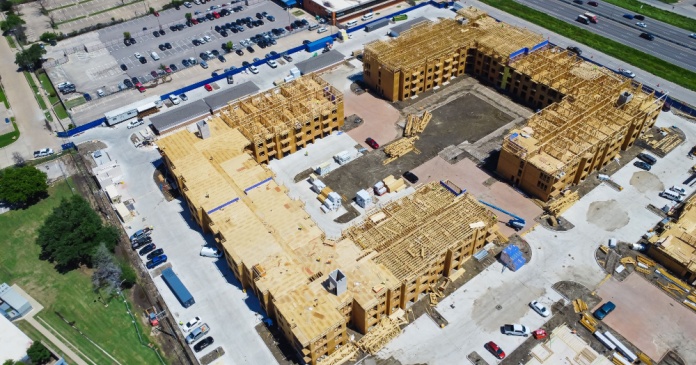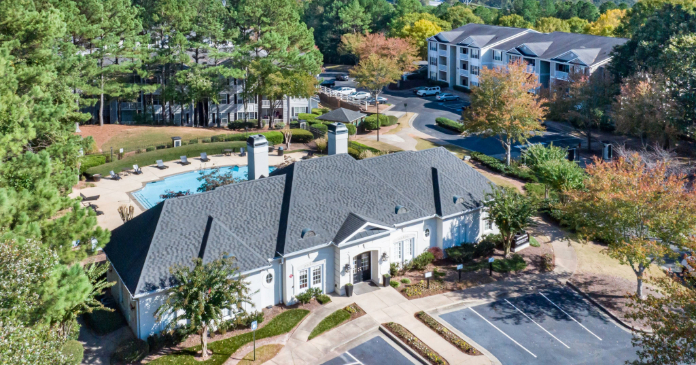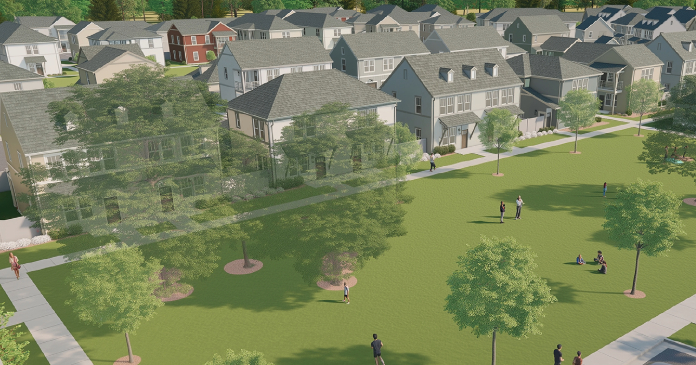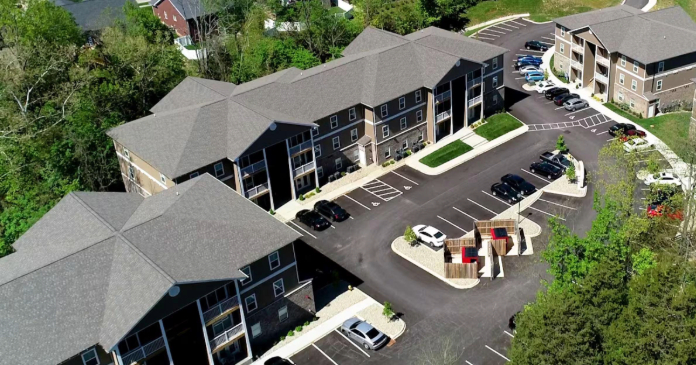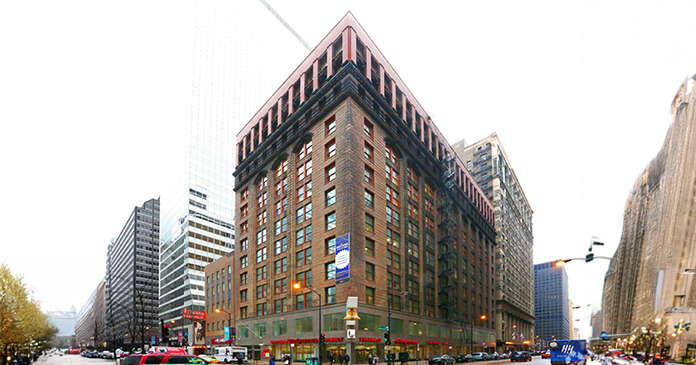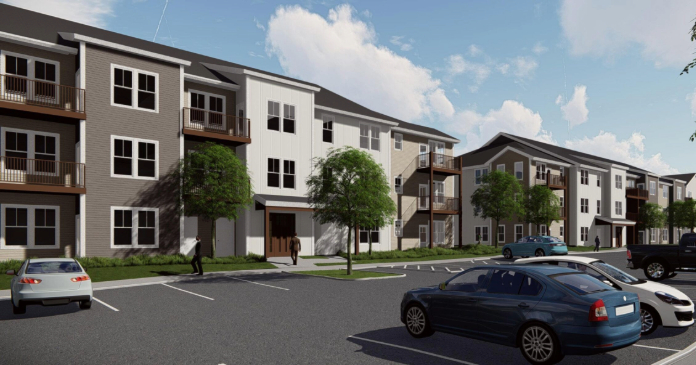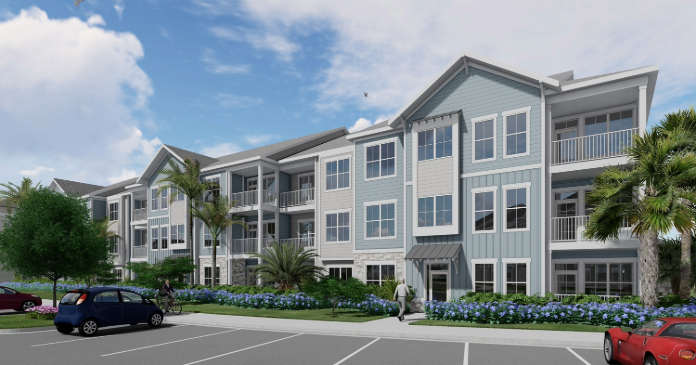The latest figures for average annual turnover of residents in the multifamily sector is 55 percent. In other words, more than half of property owners’ inventory is on the market all of the time. But worse, each turnover is taking a big bite out of net operating income (NOI) for the roughly eight weeks during which rent is not being collected, costs are incurred for cosmetic renovations, and to locate new residents.
For all practical purposes, the value of the property is going down every time this occurs. This rate of loss is unheard of in other industries and even in other sectors of the real estate market. Yet, it is currently accepted as standard practice. But the status quo only gets more complicated from there, because a vicious circle is now in play from which it is hard to escape.
Owners, frustrated with the NOI performance, push management companies to somehow make up for the lost revenue. Typically, that leads to a reduction in standards of service to the resident. In a buyers (aka residents) market, sooner or later the resident moves on. There’s always another property that is sweetening the deal with incentives. Your next resident will now pay an additional $50 a month to make up the turnover shortfall.
This was just accepted as the way things are for a long time. But now, as prices of multifamily units have continued on that upward trajectory, disposable income has not. It is simply not sustainable to increase rents by 10 percent each year.
Why do we accept this? My own examination of resident satisfaction surveys in class A, B and C properties across the U.S. reveals appalling results for a sector that is in business to serve people. Best case scenario, they report apathy or resignation; this is the uncaring world of apartment rental, they tell themselves. But mostly, they are furious and disgusted that their hard-earned money is paying for less and less at a time when service is one of the only differentiators many companies can offer.
It was back in 1995 that Joseph Bower and Clayton Christensen introduced the notion of “disruptive innovation” to the readers of the Harvard Business Review as a way of explaining why some companies can coexist and prosper amidst a pace of change so dizzying that incremental adjustments are no longer a possible fix.
Multifamily must shed the practices of yesteryear as technology outpaces everything and renter traits are radically different from what they once were. The millennial customer—some 55 percent of the rental market—prizes community-building and digital platforms for experience above all else. “Location, location, location” long ago was superseded by “service, service, service.”
Owners and management companies take note, and know thy customer. Your residents are highly mobile digital natives who use technology to address virtually every commercial need. Yet, of the 45 million rental units nationally, very little technology is available to optimize the renting process or ease mobility requirements. If you’re not giving your target market a resource to assist, guide and enhance every aspect of the residency experience, it will be difficult to move the needle. It’s time to be disruptive, or go home. Consider the following:
Focus on home and community
If we’re being honest, most people don’t equate “rental units” with either community or service. But when all stakeholders are working for change coming from the same set of interests and values, resident loyalty is a possibility. A reliable and community-minded resident is also a profitable one. By putting residents in the center and building a 360 around them, we start to manage communities, not properties.
Investigate technology
Technology already exists for dwellers in multifamily properties—websites to collect rent, software to manage contracts, and apps to talk to your neighbor. But until now there hasn’t been a streamlined platform that brings all of these capabilities together where owners, managers and resident can manage their respective responsibilities from smart devices. Technology provides the essential ability to communicate quickly and easily at any time of day, increasing transparency and providing better service.
Get rid of the rental contract
It’s 2018. Right now “going to work” often means opening your computer more than it does going into the office. Relocating for work or relationships is more common than ever. So why do we still have the old system of locking residents into a brick-and-mortar location for their rent when their needs could change at a moment’s notice? An alternative is a subscription service, where residents needing to relocate simply shift their subscription to another unit in another city or across town. You will reduce turnover by double digits.
The wave of the future in multifamily real estate has already broken on the shore. Digital information, community and social tools and payment, service provider selection and commerce platforms can be harnessed today to turn the tide.
Author: Hadar Goldman owns 2,800 rental homes and founded start-up, C2, a digital management platform for multifamily property owners, managers and residents.





